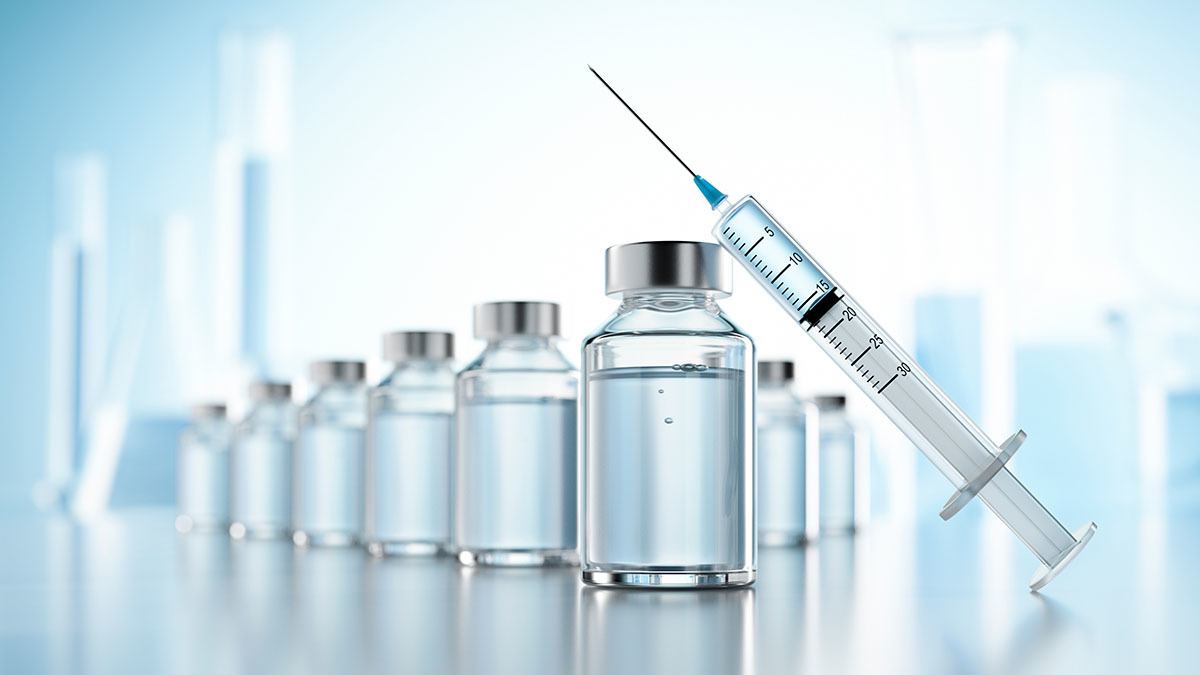USP Volatile Silicone Extractables Testing
The United States Pharmacopeial Convention (USP) has established a series of tests to ensure that pharmaceutical products and their packaging materials are safe for use. Among these, USP Volatile Silicone Extractables Testing is crucial in identifying potential contaminants from silicone-based materials used in drug containers or closures. This testing ensures that the volatile components of silicone do not leach into the drug substance, thereby maintaining product integrity and patient safety.
Silicone is commonly used as a sealant or lubricant in pharmaceutical packaging due to its biocompatibility and inertness properties. However, during the manufacturing process or under certain environmental conditions, some silicone materials may release volatile components like dimethylsiloxane (DMS). The USP Volatile Silicone Extractables Testing aims at quantifying these compounds present in the final drug product.
Compliance with this test is particularly important for pharmaceutical companies that manufacture products packaged in containers containing silicone sealants or lubricants. For instance, eye drops, nasal sprays, and intravenous solutions often use such packaging to ensure sterility and stability of the active ingredients. By conducting this testing, manufacturers can demonstrate adherence to USP guidelines and thereby meet regulatory requirements.
The testing process involves several steps starting with the selection of appropriate extraction solvents based on the nature of the silicone used in the packaging material. Common solvents include hexane, dichloromethane, or combinations thereof depending upon the type of silicone present. Specimens are then prepared according to specific USP methods which involve soaking the container closure in these solvents for predetermined periods under controlled conditions.
After extraction, the volatiles released into the solvent phase are typically analyzed using gas chromatography (GC). GC allows for precise quantification of various volatile silicone components. The peaks observed on the chromatogram correspond to different DMS derivatives depending on their boiling points and chemical structures. Analysts compare these results against established limits specified in USP monographs.
It is essential not only to perform this test but also to document every step meticulously since documentation plays a critical role during audits by regulatory bodies like FDA or EMA. Proper record keeping helps maintain traceability throughout the supply chain ensuring that all parties involved understand how compliance was achieved.
In summary, USP Volatile Silicone Extractables Testing serves as an important quality assurance measure aimed at safeguarding patient health while maintaining product efficacy. It ensures that silicone materials used in pharmaceutical packaging do not introduce harmful substances into drug products.
Applied Standards
The primary standard governing this testing is USP General Chapter <183>: Extractables and Leachables. This chapter provides comprehensive guidance on methods for identifying, quantifying, and evaluating extractable substances from packaging materials that come into contact with pharmaceutical products.
For volatile silicone extracts specifically, the relevant sections include USP <183.7>: Volatile Silicone Extractables. This section details the specific conditions under which extraction should be performed including the choice of solvents, duration, temperature, and other parameters. Additionally, it specifies how to analyze the extracted samples using GC coupled with mass spectrometry (GC-MS) for accurate identification.
Other applicable international standards include ISO 10993-22 which focuses on biocompatibility testing of medical devices involving similar materials as those used in pharmaceutical packaging. While not exclusively about volatile silicone extracts, it provides valuable context regarding the broader impact of these materials on human health.
Industry Applications
This testing is particularly relevant for manufacturers involved in producing sterile injectables and other parenteral medications where even trace amounts of impurities could pose significant risks. By ensuring that volatile silicone components do not migrate into the active pharmaceutical ingredients (APIs), companies can enhance product safety and reliability.
Similarly, it applies to manufacturers of ophthalmic preparations such as eyedrops and ocular inserts which require stringent quality controls to prevent any contamination leading to adverse effects on patients' eyes. Proper implementation of USP Volatile Silicone Extractables Testing ensures that these products remain free from potentially harmful silicone byproducts.
For companies developing new formulations or reformulating existing ones, this test helps in optimizing packaging solutions without compromising product safety. It allows researchers and development teams to select the most suitable materials for their applications while minimizing risks associated with volatile silicone leaching.
Why Choose This Test
Selecting USP Volatile Silicone Extractables Testing offers numerous advantages that contribute significantly towards enhancing product quality and regulatory compliance:
- Ensures patient safety by preventing harmful silicone compounds from migrating into drug products.By rigorously examining the volatile components of silicone used in packaging materials, this testing helps identify any potential contaminants that could adversely affect patients' health.
- Meets stringent regulatory requirements imposed by agencies like FDA and EMA.Compliance with USP <183> ensures that manufacturers adhere to the highest industry standards, reducing the risk of non-compliance penalties or product recalls.
- Supports consistent quality across batches and production runs.Regular testing helps maintain uniformity in terms of volatile silicone content ensuring every batch meets the specified limits set forth by regulatory bodies.
- Facilitates smoother interactions with regulators during inspections and audits.Well-documented results demonstrate a commitment to quality which can positively influence outcomes during official visits from authorities responsible for monitoring compliance levels.
- Enhances brand reputation by providing reassurance about product safety.Positive feedback from regulatory bodies and increased customer confidence boost overall brand image, making it easier to maintain market share.
- Supports innovation in packaging design without compromising on quality standards.By carefully selecting materials through rigorous testing processes like this one, innovators can experiment with new ideas knowing that they are adhering to strict protocols designed to protect both patients and products.
- Reduces the risk of costly recalls due to contamination issues.Early detection of problematic silicone compounds through thorough testing minimizes the likelihood of having to issue a recall, saving time, money, and reputational damage.
- Provides peace of mind for both manufacturers and end-users regarding product safety.Knowing that every precaution has been taken to ensure the absence of harmful silicone byproducts fosters trust between companies and their consumers.





